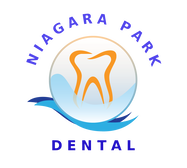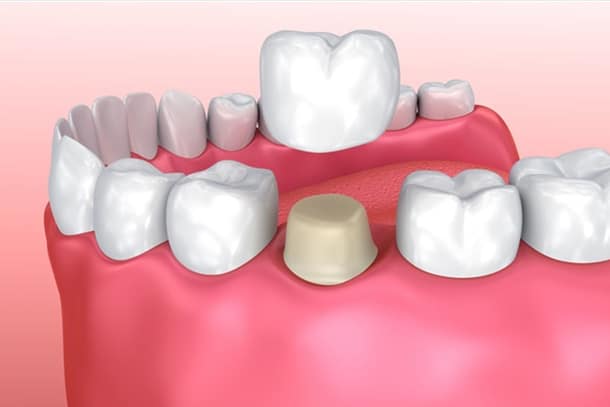What are Dental Crowns? - Central Coast Dental Services
A dental crown, often referred to as a ‘cap’, is a fixed object that is cemented onto a tooth to cover damage, strengthen the bite and improve the overall appearance and alignment of a patient’s smile. At Niagara Park Dental, we supply strong, custom crowns that will improve your confidence.
When are Crowns Useful?
Generally speaking, a crown is indicated to preserve a weakened tooth. A tooth can be weakened by a heavy filling, or after undergoing Root Canal Therapy. Old Amalgam fillings tend to crack teeth over time, so a tooth that is heavily filled with Amalgam can benefit from a crown to avoid breakage and losing the tooth.
A tooth crown can be used as a part of a bridge which fills a gap resulted by a tooth loss. If a tooth is lost, we can fabricate a crown on each of the abutting teeth. These crowns will carry a false tooth in the middle just hanging over the gum, hence the whole piece is called a bridge.
A tooth crown can be used as a part of a bridge which fills a gap resulted by a tooth loss. If a tooth is lost, we can fabricate a crown on each of the abutting teeth. These crowns will carry a false tooth in the middle just hanging over the gum, hence the whole piece is called a bridge.
Advantages of dental crowns include:
- Supporting a damaged tooth
- Protecting the tooth against further damage
- Holding a broken tooth together
- Covering a dental implant
- Improving the appearance, shape and colour of a tooth
Types of Dental Crowns
There are four different types of dental crowns.
The Dental Crown ProcedureCrowns usually take two appointments. In the initial appointment, your dentist will use x-rays to examine your tooth and then prepare it by reducing its size. An impression is then made and sent to the dental laboratory where the crown is manufactured. Your dentist will make a temporary cover to protect the tooth while you wait.
In the second appointment, your dentist will remove the temporary crown and check the fit of your permanent fixture. After administering local anaesthetic, your dentist will then permanently cement the crown in place.
- Ceramic – a porcelain-based material used for restoring front teeth and blending with the natural tooth colour
- Porcelain fused to metal – a stronger, more durable bond than regular porcelain
- Gold alloys – a mixture of gold, copper and other metals that provide a strong bond to the teeth and is resistant to fracture
- Base metal alloys – non-noble metals that are resistant to corrosion and require the least amount of tooth to be removed
The Dental Crown ProcedureCrowns usually take two appointments. In the initial appointment, your dentist will use x-rays to examine your tooth and then prepare it by reducing its size. An impression is then made and sent to the dental laboratory where the crown is manufactured. Your dentist will make a temporary cover to protect the tooth while you wait.
In the second appointment, your dentist will remove the temporary crown and check the fit of your permanent fixture. After administering local anaesthetic, your dentist will then permanently cement the crown in place.
|
Niagara Park Dental
3 / 16 Washington Avenue Niagara Park, NSW 2250 Email: reception@niagaraparkdental.com.au Phone: (02) 4329 3003 |
HOURS
Mon 9:00 - 5:30 Tue 9:00 - 5:30 Wed 9:00 - 5:30 Thu 9:00 - 5:30 Fri 9:00 - 5:30 |
|






